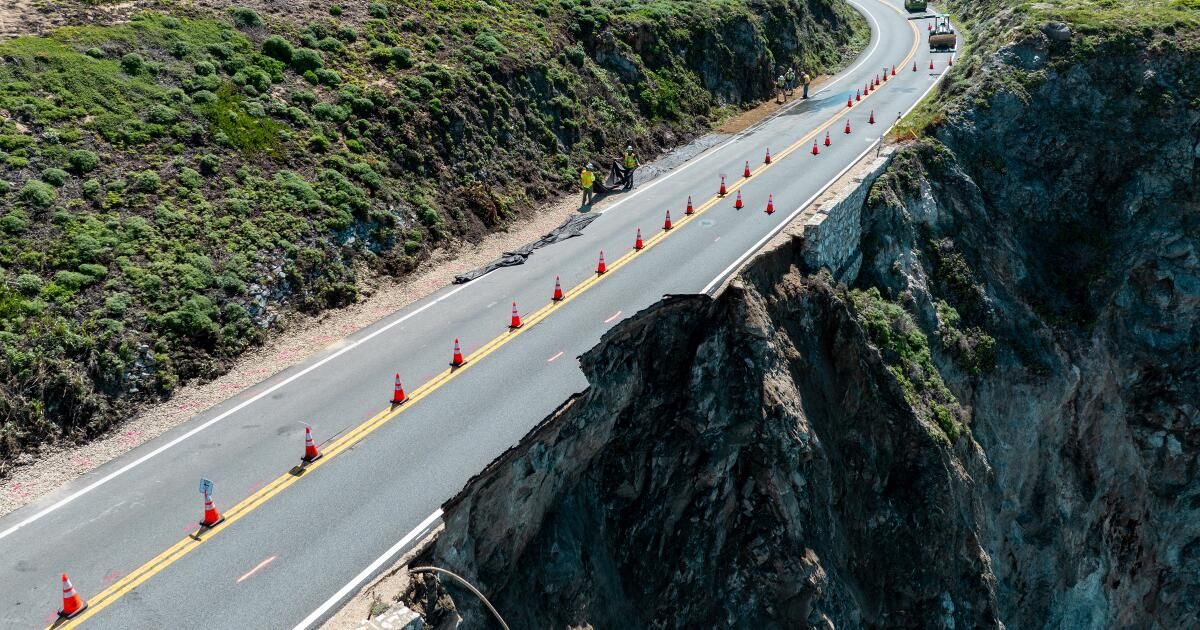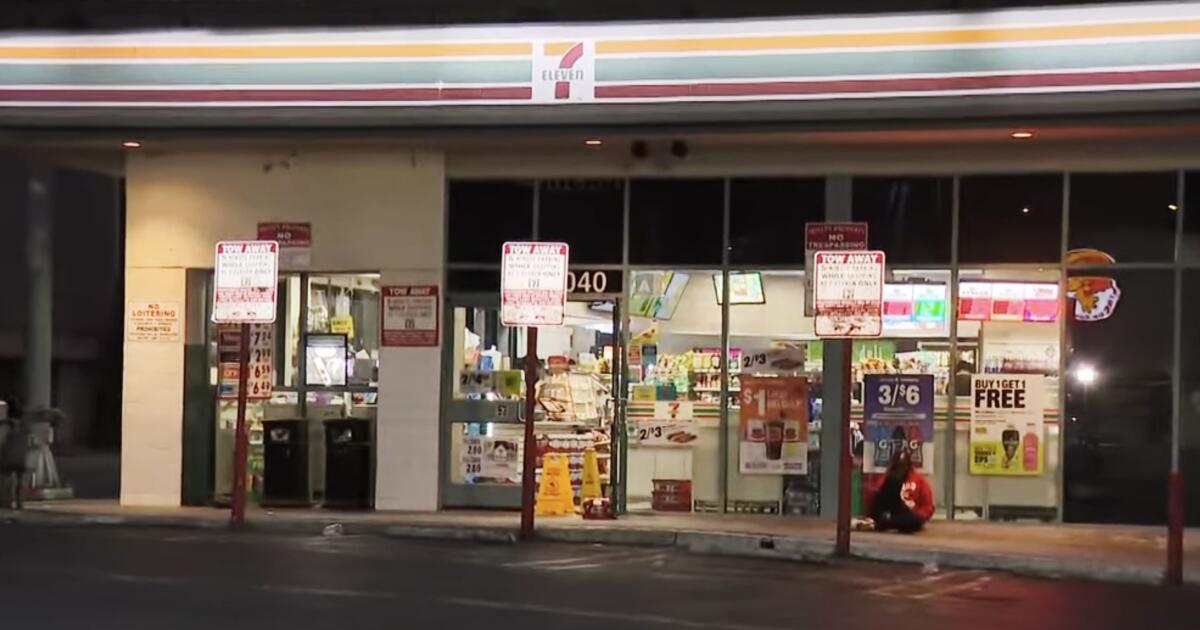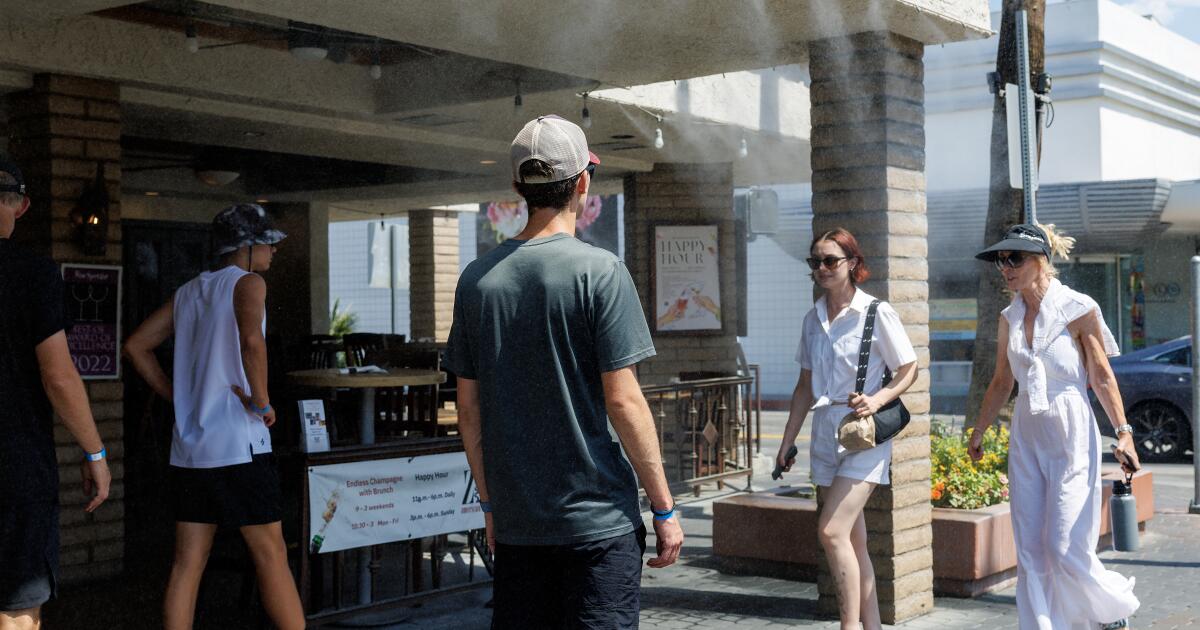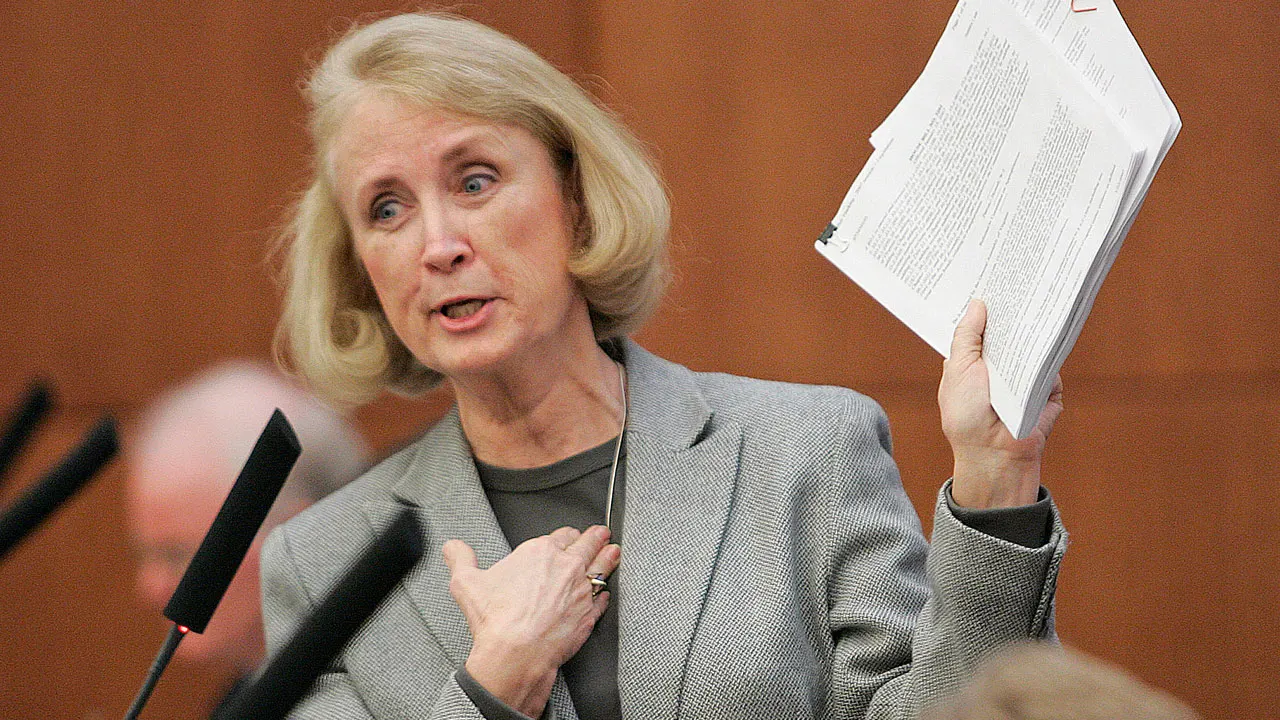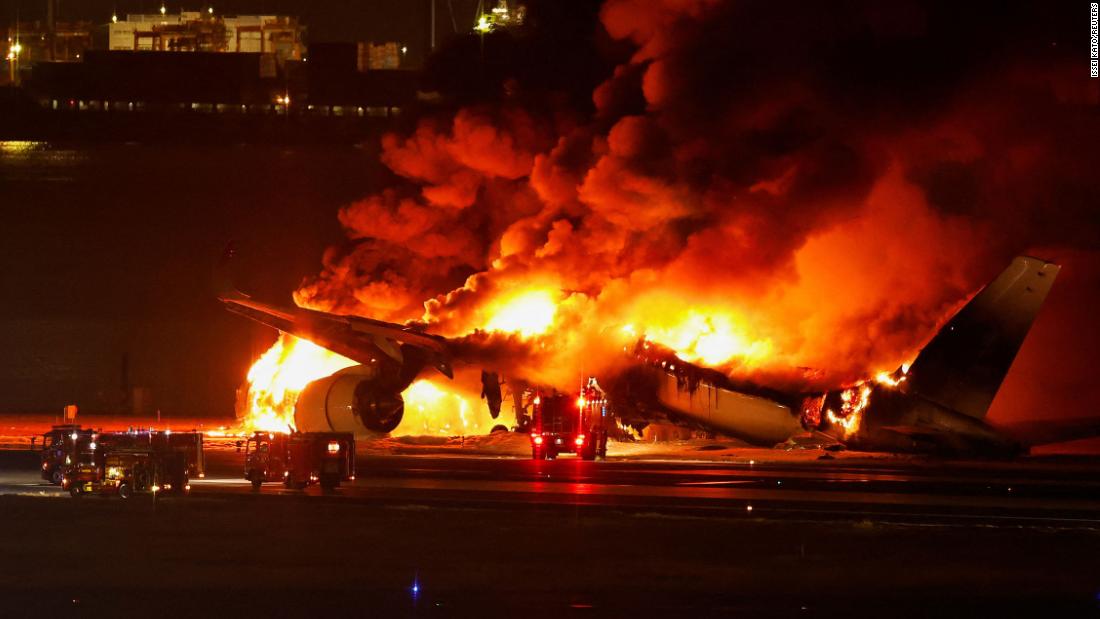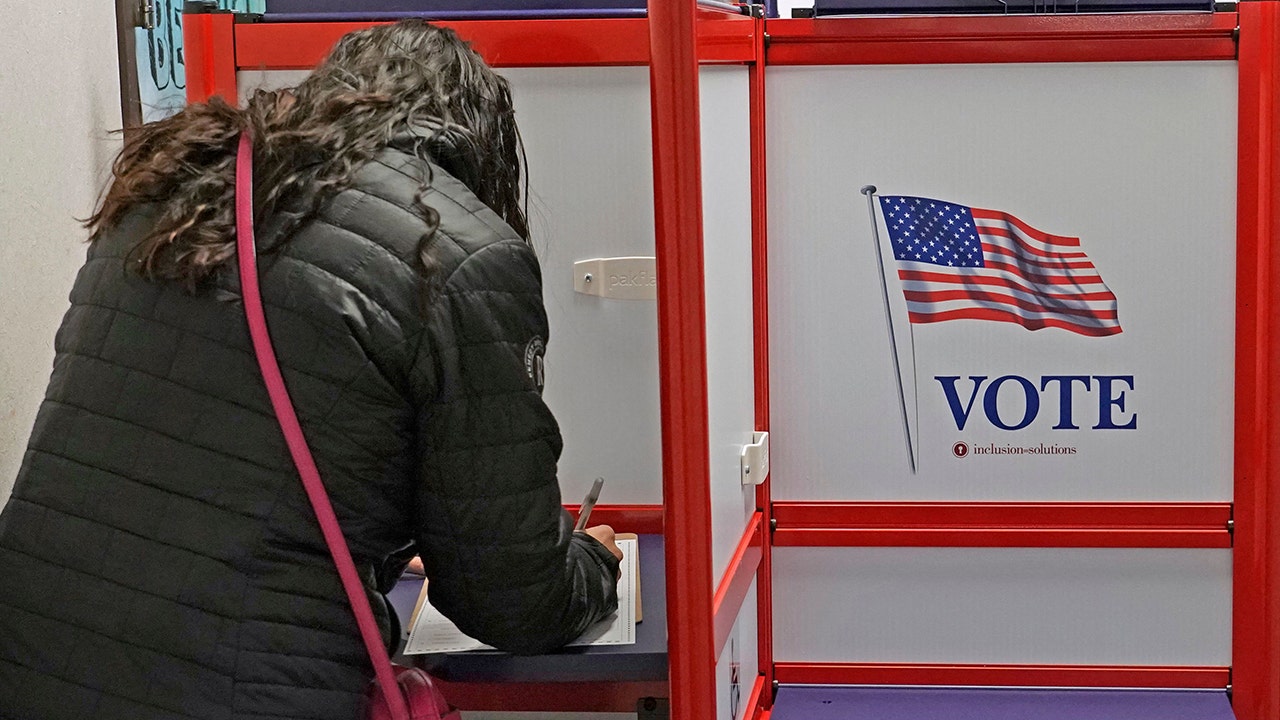Along a nearly 40-mile stretch of Highway 1, Big Sur has been cut off from the rest of the state for weeks (with limited access for residents and essential workers) after a huge portion of the highway fell into the ocean late of March.
But on Friday, ahead of schedule, the damaged section of the scenic highway will reopen to the public, via an alternating single lane, Gov. Gavin Newsom announced Tuesday at a news conference. The reopening, after major repairs and remediations, restores access to several tourist spots along the highway.
“Caltrans is working overtime,” Newsom said. “Subject to an act of God, extreme winds, unlikely rain… we can achieve that: 6:30 [a.m.] This Friday, Highway 1 will reopen.”
The California Department of Transportation had previously committed to reopening the damaged section of highway before Memorial Day.
The iconic route has been closed to the public since March 30, when torrential rains hit the coast and a section of the southbound lane near the Rocky Creek Bridge collapsed, about 12 miles south of Carmel.
Officials have been working to restore access to the area using only the northbound lane, as it was not damaged when the rockfall severely damaged the southbound lane. Caltrans plans to use traffic signals to alternate vehicles traveling in both directions across the single lane.
Newsom on Tuesday acknowledged the “deep anxiety” residents and business owners had felt in recent weeks, coming and going only in convoys twice a day, which were sometimes canceled due to weather concerns. The local chamber of commerce had urged that repairs be expedited to help prevent further losses during one of the peak tourism seasons in Big Sur, the area's largest industry.
The March detour closure was particularly challenging because access to much of Highway 1 had already been limited to travelers coming from the north, as a different stretch of highway has been closed since January 2023. About 30 miles south of Rocky The creek slide and a series of landslides, including one this winter, closed about 12 miles of the highway near Lucia. That closure begins near Limekiln State Park in the south.
Repairs continue and officials have said they hope to reopen that stretch sometime this summer.
At the Rocky Creek closure, crews have been working since March to improve stability, safety features and drainage in the area. Caltrans contractors recently began working on longer-term stabilization efforts to eventually reopen two-lane traffic, with plans to drill vertical and horizontal supports deep into the cliff.
A recent analysis of the slide near the Rocky Creek Bridge determined that it was most likely caused by normal weather, erosion and water, common challenges along the Big Sur coast, which has repeatedly seen road closures and unforeseen ground movements, according to a new analysis by federal geologists.
Although such events are nearly impossible to predict, officials said it's good that a more precarious, deeper landslide does not appear to be the cause of the March slide.

